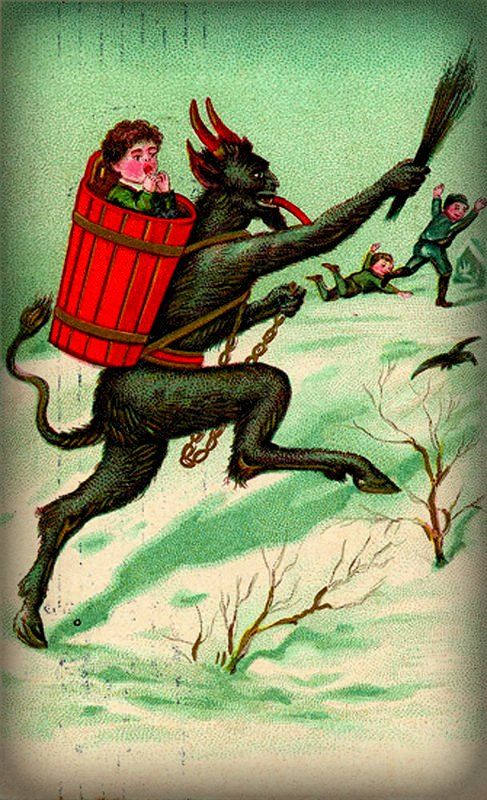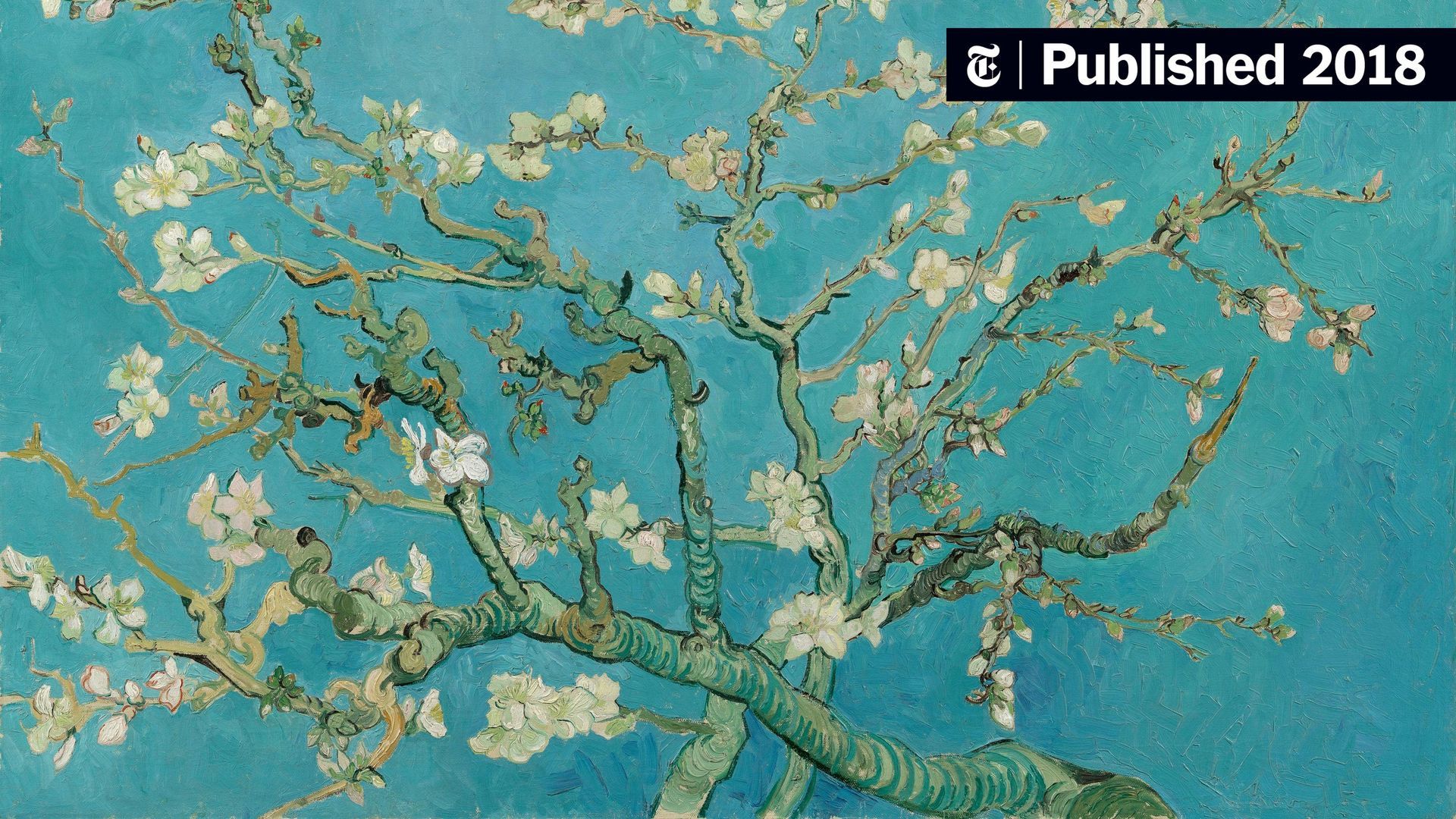Krampus
Charlotte Booth • 28 December 2020
The True Meaning of Christmas

I’m quite intrigued by Christmas traditions.
But I feel these are being lost as every year Christmas becomes a Supermarket Sweep challenge to see how much you can buy in as short a space of time as possible.
Clearly this commercialisation of Christmas has increased drip by drip over the years. People get into hundreds of pounds of debt for what is essentially one day. The celebration itself is of the birth of Jesus – an aspect that is forgotten under the pressures of Christmas lists, must-have buys, £30 stocking fillers, drunkenness and extreme gluttony. In the modern world what does Christmas celebrate? Abundance?
Don’t get me wrong, I love Christmas as much as anyone – who can’t love all the glitter, sparkle and a tub of Quality Street?
But I think it might be good idea to take a step back and perhaps hit the “reset to factory settings” button. This commercialisation of the holiday is unsustainable.
I recently watched the Netflix Christmas movie, Klaus, which is great BTW, but the bit that stuck with me was the scene where one horrible little boy did not get a present from Nick because of his behaviour.
We all know about Santa’s naughty and nice list but how many children these days are not given presents because of their behaviour. Today it’s irrelevant … it’s Christmas.
This got me thinking of older traditions – and today is the tradition of Krampus.
Krampusnacht
December 5 is Krampusnacht – the night before the day of Saint Nicholas – both days celebrated in central Europe including Bavaria, Austria, Hungary, Northern Italy, Slovakia and Slovenia.
Krampus is an ugly critter; half-goat, half-demon with fangs and a long tongue.
His sole role is to punish children who have misbehaved whereas good children will get pressies on December 6 as a reward from Saint Nicholas.
Krampus carries birch wood (ruten) to whip naughty children and chains to drag them away, he even has a basket to put them in – he really doesn’t mess about.
The birch branches are often associated with pagan Wiccan rituals and the chains are thought to be associated with early Christian traditions of binding the devil.
Although he is a terrifying creature, since the 19th century krampuskarten (Krampus cards) are exchanged with images of Krampus looming over naughty kiddies or chasing buxom ladies. The images of Krampus himself have become cuter in style as time as progressed.
What does he do?
On Krampusnacht Krampus will appear on the streets visiting homes and businesses. Where he finds evidence of naughty children he leaves coal and bundles of ruten or birch branches as a warning.
On this night there are often Krampusnacht parades across central Europe and even some places in the USA, where people dress as Krampus and chase children – all in a nice controlled environment.
It’s also traditional to offer Krampus a schnapps as a means of placating him – for me this lessens the evil a bit if an Archers and Lemonade would chill him out.
What is the significance?
Like Saint Nicholas, Krampus comes from a pre-Christian pagan tradition but only seems to have been paired with Saint Nick in the 17th century creating the perfect balance of good vs evil, positive and negative, ying vs yang.
The idea that you are rewarded for good behaviour is a wonderful one, but if there is no alternative for bad behaviour surely it dilutes this reward.
I don’t think for one minute we should try to terrify kids with tales of Krampus but it wouldn’t be a bad idea to teach them about responsibility for their own actions and that every action carries consequences.
Good actions are rewarded whereas bad actions are not. This has always been part of the Christmas message but it is lost with Christmas being solely about ‘stuff’ and not about behaviour. Santa never leaves a child out – regardless of his naughty list.
So why not do something extraordinary this Christmas and feel that you earned those gifts under the tree, or at least earned that chilled Archers and Lemonade.

There is nothing more amusing than checking out mediaeval artistic renditions of lions and other heraldic creatures. These beasts, grimacing and gurning are a strange juxtaposition of human, animal and demon and as far from the cute image of Alex from the Madagascar franchise or in fact a real lion as you could possibly get. There are three main reasons mediaeval lions are so ‘bad’ and un-representational; The artists were following a very tight brief. Some of the artists may never have seen a lion, and were following the descriptions they were given. These lions were representing heraldic principals of bravery, nobility and authority; all very human characteristics. When viewed through this lens it becomes more understandable why they look the way they do, but they are still ‘not right’ and not a great tool for learning about lions. Generative AI is very similar to an uninformed but talented mediaeval artist. There is a element of intelligence but at the end of the day it is following a brief, with no actual ‘knowledge’ of the thing it is producing. As an example, if you prompt your generative AI (ChatGPT and the like) to produce a blog for your new product or service, aimed at your ideal customer avatar you will in all likelihood get a mediaeval lion out the other end. Sort of recognisable, and sort of not. This is because AI doesn’t know what a customer is (ideal or otherwise), has no idea what your product or service is and does, and has no true understanding of how this service or product will serve your ideal customer and their needs. Of course, AI is pulling all the information available from the internet to help with its answer but there is no understanding there. There is no determining fact from falsehoods or even which websites are trustworthy and which are not. So, it skims the internet and puts together content which suits the brief as it understands it. This is then when the actual work should start as this content shouldn’t be used in the raw. It should be edited and tweaked by a human who DOES understand the brief, has been a customer (ideal or otherwise) and can imagine what your ideal customer will feel when using your product or services. We are in a world now, where we have generative AI promoting products and services to humans, when it has no concept of what a human is and how it thinks, meaning the marketing department are in fact more important than ever for ensuring content and copy is aimed at humans and human emotions. You could argue that the world would be a more entertaining place if there were more mediaeval lions in it, but it wouldn’t be a great environment for learning, or for basing purchasing decisions on. If you want to maintain the human element in your content, then I would love to help . Explain the brief, your CTA and your ideal client and I will know what I need to ask to get a clear idea before writing. Then you can rest assured your content was written by a human for a human and we can leave the mediaeval lions to the museums.








